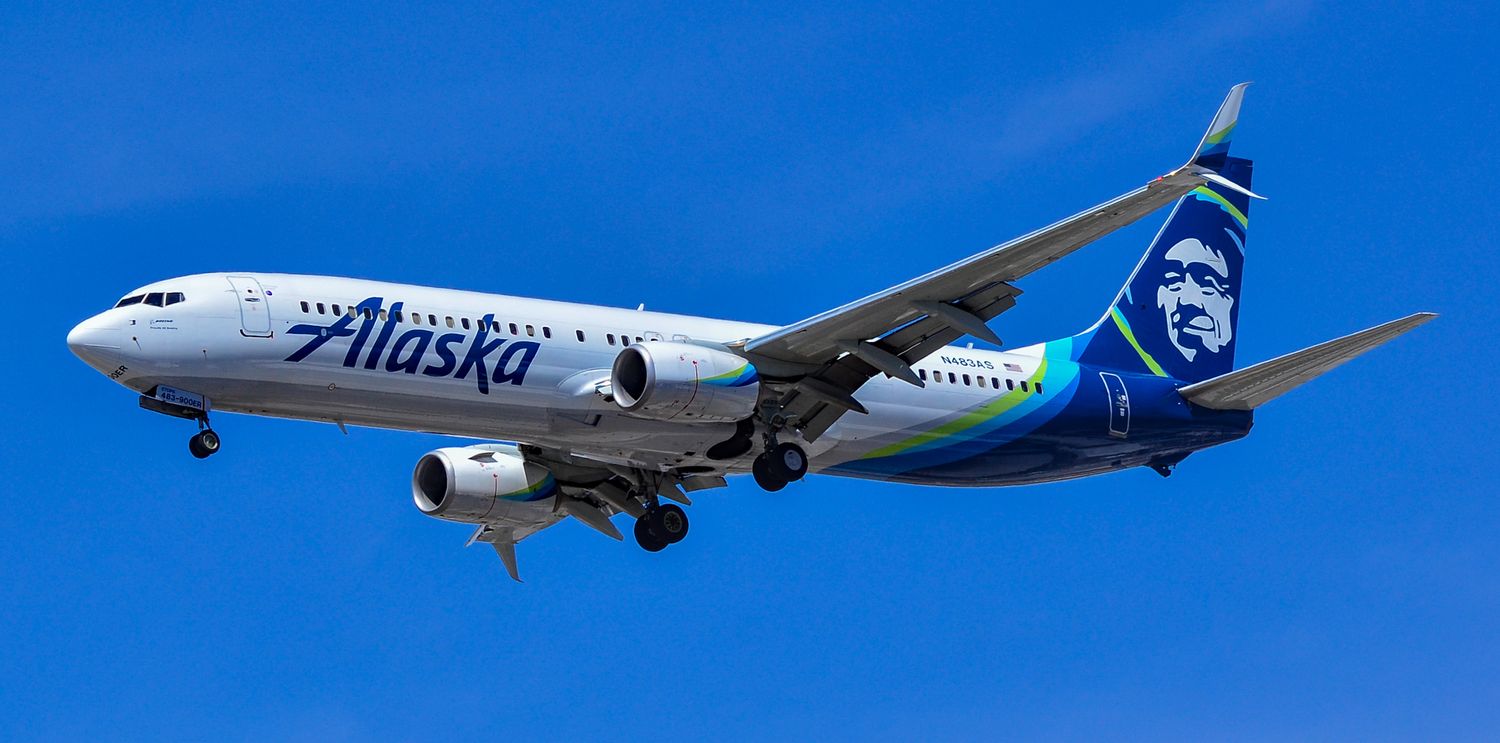The first Boeing 737-900 in history has bid farewell to the skies.
The first Boeing 737-900, which for many years was the largest version ever built of the 737, was officially retired this week.
With serial number 30017, the first 737-900 rolled out of Boeing’s Renton, Washington factory and served as a test platform from 2000 to 2003, bearing the classic registration N737X, typically assigned to aircraft inaugurating each 737 series.
The 737-900 was the final model introduced in the Next Generation series. It was three meters longer than its predecessor, the 737-800, and 14 meters longer than the original 737-100.
Despite being the largest in the family at the time, the aircraft was initially considered a failure. Boeing did not modify the number of doors or emergency exits, which limited passenger capacity to the same level as the -800. Additionally, it shared the same maximum takeoff weight and fuel capacity.
Its main advantage lay in cargo capacity, which proved beneficial for Alaska Airlines, the first airline to order and receive the model. The extra space allowed the carrier to serve remote destinations in Alaska more efficiently, according to our partner publication, AEROIN.
A new version, the 737-900ER (Extended Range), was launched seven years after the original’s first flight. It featured several upgrades, including additional fuel tanks and an extra emergency exit—similar to what its main competitor, the Airbus A321, offers.
These enhancements allowed for 30 more seats, making the aircraft more appealing to the market. The production numbers reflect this shift: Boeing built 505 units of the 737-900ER, compared to just 52 of the original 737-900.
The largest operators of the 737-900 are Delta Air Lines with 163 aircraft, United Airlines with 146, and Alaska Airlines with 82.
The very first of them, which spent three years with Boeing before being delivered to Alaska Airlines as registration N302AS, completed its final flight on Monday, April 7. After that, it was transferred to the Marana Airport in the Arizona desert, where it is expected to be dismantled.



Comentarios
Para comentar, debés estar registrado
Por favor, iniciá sesión